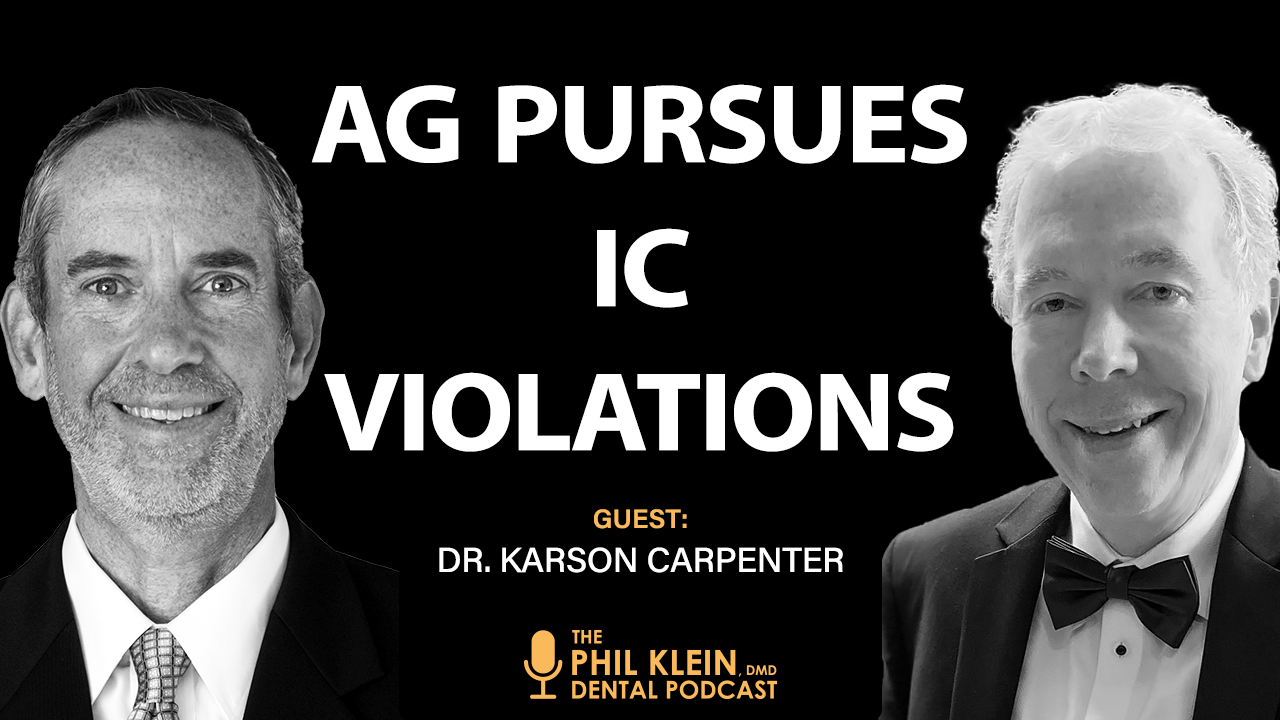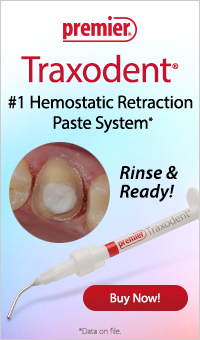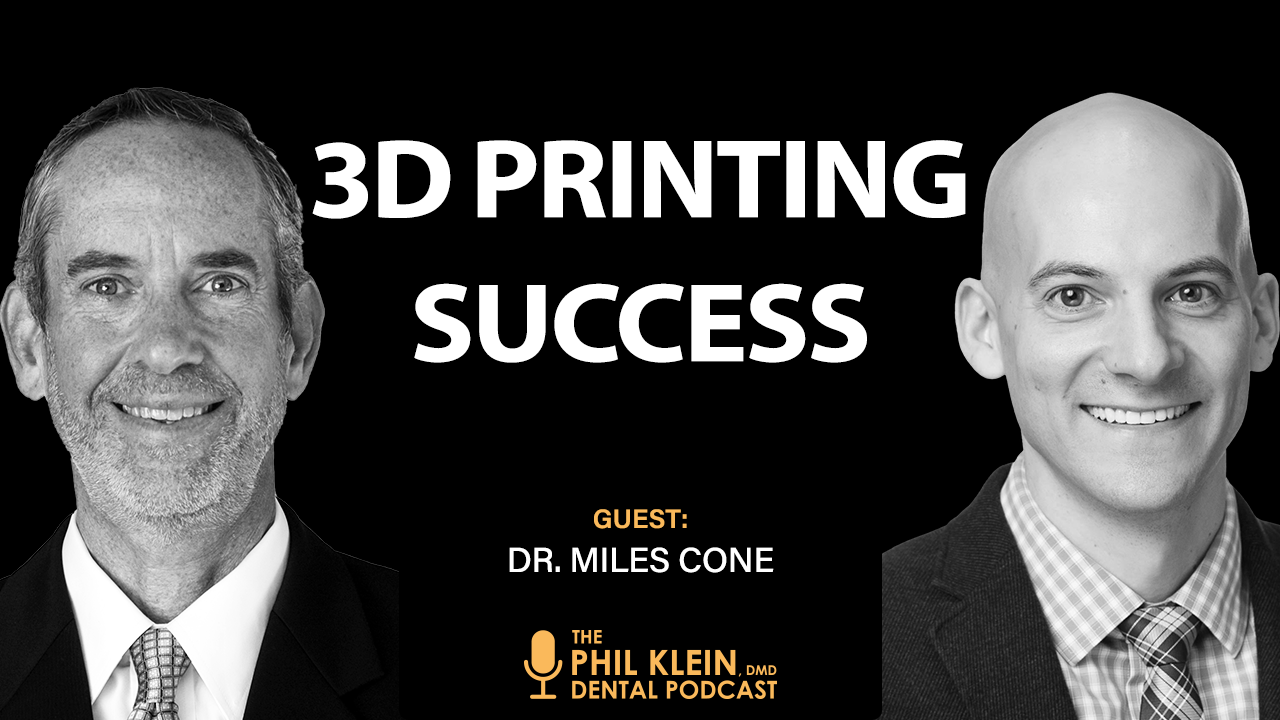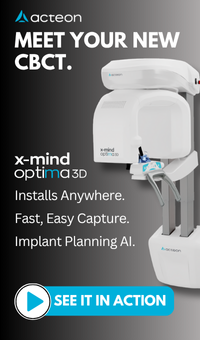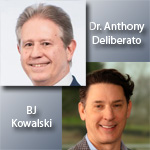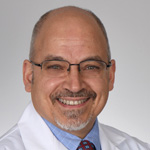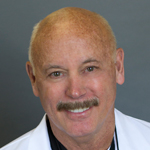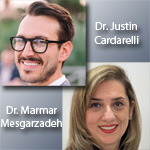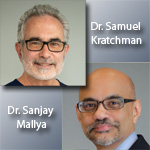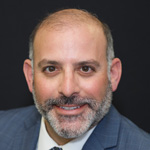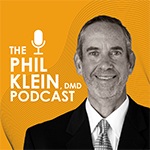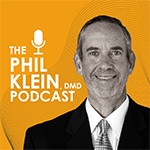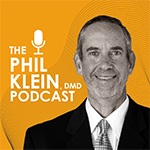Despite the growing need for full-arch dental treatments, less than 1% of eligible patients receive the care they require each year. The primary obstacle preventing patients from accessing these treatments is the high cost associated with them. In the past, efforts to make full-arch treatments more accessible to patients have involved reducing reliance on advanced technology and using less expensive, lower-quality materials. However, a groundbreaking approach that combines one of the strongest denture materials on the market, the leading stackable guide system, and a brand new fixed locator. This innovative hybrid solution leverages the most advanced dental surgical technology and one of the strongest denture materials on the market. This CE webinar will provide a comprehensive overview of both the laboratory and clinical aspects of a patient's case. Throughout the webinar, participants will gain insights into the clinical and surgical advantages of this cutting-edge hybrid approach to full-arch dental treatment.
This CE webinar explores the pivotal role of patient empowerment, particularly in the context of home care management, and its profound impact on treatment outcomes and practice success. Enhancing a healthcare practice's growth and efficacy requires a multifaceted approach encompassing brand identity, team training, targeted marketing, and patient empowerment. Join us as we delve into the day to day challenges clinicians face in maximizing their potential and take away strategies to overcome these obstacles elevating yourself to the next level.
Join Dr. Matt Nejad in this one-hour CE webinar as he explores the transformative impact of Digital and CAD/CAM technology in biomimetic dentistry. This webinar will delve into the significant advantages that digital dentistry and CAD/CAM offer, particularly in achieving precise, predictable, and natural-looking restorations that mimic natural tooth structure. Participants will gain insight into the latest recommended materials and their applications, streamlined workflows for enhanced practice efficiency, and practical tips on integrating these technologies into daily dental practice. The webinar will feature case presentations that highlight innovative approaches and improvements in restorative workflows. Whether you are looking to refine your skills or integrate new techniques, this webinar will provide valuable knowledge and practical solutions for going digital with advancing your biomimetic dentistry.
Dentistry is challenging and stressful, but definitively working with the pediatric patient potentially can take all our energy and effort. This CE webinar will present the current, state-of-the-art, of the most contemporary techniques for behavioral management with the pediatric patient in the dental chair. All, nonpharmacological and pharmacological alternatives will be discussed in detail. The use of well-known techniques like "tell-show-do" will be re-introduced to the audience. The correct use of nitrous oxide and the indications (and contraindications) will be also presented with time to have a discussion of the critical "tips" for the successful use of nitrous oxide.
Local anesthetics are very safe drugs. However, they do sometimes, rarely, exhibit side effects. Practitioners inject thousands of dental cartridges every year and usually do not think about those potential issues. When they occur, we may be unprepared and unaware of what to do. This CE webinar will discuss the side effects and potential emergency situations that are associated with both local anesthetics and vasoconstrictors. As well, ways to mitigate these situations will be presented. Specifically, local anesthetic allergy, toxicity and cardiovascular emergencies will be explored.
This CE webinar will help participants achieve a higher level of composite artistry with results that can seamlessly emulate natural teeth or rival the beauty of porcelain restorations by learning the concepts of creating amazing anterior composites along with advanced restorative applications to shape/polish composites that predictably emulate nature. The webinar will discuss the polychromatic nature of natural human teeth and how composite resins can be used to emulate that polychromatic appearance effortlessly and predictably.
More than ever, dentists are looking for predictable and efficient methods to deliver exceptional restorations. Our restoration checklist includes: sealed margins, functional occlusion, accurate inter-proximal contacts, while offering beautiful esthetics. However, central to every restoration is the bur that is selected to perform a specific role during the procedure. Whether removing decay, finishing a composite, establishing a margin, or adjusting a pristine ceramic surface, dental burs answer to a broad scope of restorative procedures. This CE webinar will discuss proper bur selection from start to finish for everyday clinical dentistry.
How many times have you started to clean your patients’ teeth and discovered severe bleeding, heavy biofilm, or worse recurrent decay? Using the assessment phase as a guide will enable us to formulate a dental hygiene diagnosis, develop a treatment plan, select interventions, and evaluate our progress. In this CE webinar, we will discuss the benefits of completing the assessment phase of ADPIE. We will emphasize the critical role a complete medical history, periodontal exam, radiographs, and biofilm assessment play in your patients' oral health. As dental hygienists, we have the power to motivate, enhance and elevate our patient care and it all starts with a complete assessment!
In the last five years, Artificial Intelligence (AI) has seen explosive growth in both our personal as well as professional lives. That growth continues and it is imperative that doctors keep abreast of these amazing advancements in diagnostic accuracy and practice efficiency. Using AI enhanced radiographs not only helps the doctor and team, but it is also a tremendously powerful tool to help patients better understand their problems and solutions.
Please join us for an informative lecture focusing on adhesive dentistry, specifically comparing e.max and zirconia materials. This CE webinar will cover preparation protocols tailored to each material, emphasizing their distinct properties and their impact on clinical outcomes. Dr. Alex Vasserman will provide practical insights into adhesive protocols, offering guidance on achieving optimal bond strength and durability in restorative treatments. Attendees will gain valuable knowledge for selecting appropriate materials and techniques to enhance the success of their dental procedures.
Releasing tethered oral tissues (TOTs) as early as possible can have sweeping effects on a patient’s health. In this CE webinar, Dr. Poplin will review common problems related to tongue-ties and lip-ties, such as breastfeeding, speech, and dental issues. He will then discuss how the 9.3-micron CO2 all-tissue laser enables efficient, precise frenectomies, with minimal bleeding, minimal post-op discomfort and remarkably rapid healing.
Uncontrolled salivary acids can wreak havoc on the oral cavity. With so many contributing factors diagnosis and treatments choices still remain the key. In this CE webinar, join us as we delineate a clear roadmap which will lead to optimal treatment.
Delivering optimal posterior composites often pose pain points for even the most technically skilled practitioner. Challenges with isolation, placement and layering, predictable curing, contour and contacts, and final finish/polish and esthetics, sometimes lead to underwhelming outcomes. This CE webinar is designed to provide updates on materials and techniques, which when integrated, can resolve many of the pain points facing doctors, and lead to better outcomes, happier patients, and greater satisfaction in practice.
We know that when we perform direct bonding procedures, our adhesives and restorative materials can cause proteolytic responses in the dentin structure, which may ultimately lead to failure at the interface. However, we tend to overlook the possibility of similar outcomes with our resin cements. As we create the same hybridization of the dentin, there is a potential for failure due to bacterial contamination, insufficient infiltration, and the acidity of our resin cement. This CE webinar aims to explore a cementation process that can significantly improve the success of this critical restorative procedure.
In this one-hour CE webinar, students will understand the intricacies of adhesive dentistry, focusing specifically on protocols tailored for the optimal bonding of zirconia and eMax materials. Upon completion of this CE webinar, the student will be equipped with a comprehensive understanding of the principles underlying predictable adhesive dentistry. They will be able to identify the specific challenges and considerations associated with bonding zirconia and eMax, gaining insights into material properties, surface treatments, and adhesive techniques. Additionally, students will become more familiar with the latest advancements and best practices in adhesive dentistry, including adhesive selection, surface preparation, and bonding protocols. Armed with this knowledge, participants will be empowered to implement techniques that ensure durable and aesthetically pleasing restorations, elevating their clinical outcomes and patient satisfaction.
This CE webinar will walk you through composites from beginning to end. We will discuss the science behind bonding, how to decrease sensitivity, and share some ways to make class twos look like classy tooths.
Scanners, scopes, printers, and CBCTs are all great, but do they really make life easier when a patient can barely open, decay is subgingival and difficult to access, blood and spit are everywhere, and you are already running behind? In this informative and entertaining one hour CE webinar, Dr. Gupta will demonstrate simple, cost-effective, and highly accessible strategies to make these situations easier and more predictable.
Incorporating the right bracket/wire combination with the Complete Clinical Orthodontics (CCO) systematic approach to treatment mechanics, has already helped hundreds of practices around the world to become more efficient, profitable, and more importantly, reducing the stress commonly seen in our everyday practices. In this CE webinar, Dr. Secchi will give an overview on how he has developed and incorporated the CCO into his own practice, and how this has improved his work/life balance.
Most dentists still think of composite as filling material that should be packed into boxy preps, cured in layers and used at room temperature. Today there is scientific evidence that is the wrong way to use composite. Injection molding techniques that can wrap around the preparations are possible by using heated multi-viscosity resins. You will discover the benefits and available options for various warming techniques.
With the ever-changing face of dentistry, the standard of care for the replacement of missing teeth involves the use of dental implants. Integrating implants into your practice is essential to staying up to date with the latest treatment options for patients. The purpose of this clinically focused CE webinar is to provide the dentist with the fundamental knowledge and confidence to utilize CT guided surgical implant dentistry in your office.
Silver diamine fluoride has been used internationally for decades due to its antimicrobial and desensitizing properties. This therapeutic agent has only become available in the Unites States in the recent years and there is a lot of unclarity surrounding its use. As clinicians, it is vital for us to fully understand its benefits and embrace its usage as it can help us better care for our patients. In this CE webinar, we will discuss the mechanisms of action behind SDF, describing how and why it works as a desensitizer and a caries arrest agent. We will outline the best ways you can incorporate it into your treatment protocol and discuss the unique benefits it provides to patients of all ages, including children where SDF is used commonly, and adults where this tool is underutilized.
This CE webinar is for dental professionals aiming to prevent unnecessary tooth surface damage during dental procedures. It highlights the importance of precision in the use of both manual and ultrasonic instruments, and how to mitigate risks associated with their use. This webinar also provides strategies to enhance the remineralization process post-procedure, with a focus on protecting tooth surfaces and restoring natural defense mechanisms.
Cone beam computed tomography (CBCT) imaging provides valuable information beyond traditional 2-dimensional radiographs and is prescribed to evaluate a variety of maxillofacial pathoses. In this CE webinar, Drs. Mallya and Kratchman will discuss CBCT imaging of the endodontic patient. Using a case-based approach, they will discuss evidence for the added value of CBCT in endodontic diagnosis and management as well as present a systematic approach to radiologic evaluation in order to maximize the yield of information relevant to endodontic management.
Preventing squamous cell carcinoma should be a goal of all oral health care professionals. This CE webinar will provide general dentists with information regarding potentially malignant disease in the oral cavity and oral cancer and determining the appropriate treatment plan. Leukoplakia will be emphasized.
New trends and techniques in the dental field are emerging at a rapid pace. Intra-oral, desktop and facial scanning along with 3D printing have made digital dentistry effective and efficient. Concepts such as recreating the patient digitally “the dental avatar” are being embraced to improve the effectiveness of laboratory communication and dental treatment. This CE webinar will discuss how to implement these technologies with seamless integration to aide in surgical planning and restorations for full arch dental Implantology.
Patient comfort is important for patient retention. Operator comfort is important for quality patient care, which leads to patient retention. This interactive CE webinar will help dental clinicians navigate both challenges while remaining effective and efficient during practice.
Health inequities persist for people with intellectual and developmental disabilities. Individuals with developmental disabilities experience poorer oral health and challenges accessing dental care. Historically, dental curriculum did not require training dental professionals on how to care for and manage treatment of persons with intellectual and developmental disabilities. Providers often report feeling unprepared to care for this population. This course will evaluate the current barriers to care, identify complex factors contributing to oral health and equip the dental provider with strategies to improve patient care for people with intellectual and developmental disabilities.
Bioactive materials have been advancing patient care for over a decade, yet many clinicians are unaware of the positive impact they can provide to daily patient outcomes, keeping the materials in a "Golden Box" only to be used in special situations. Bioactive dental materials are indicated and appropriate to use in most restorative scenarios. When used properly, they ensure quality, long lasting restorations for our patients. This CE webinar invites you to rethink your caries management practices by combining patient centricity and practice efficiency for a patient-practice win-win.
Providing same day dentistry is rapidly becoming the standard of care and, to be honest, it helps achieve a high level of predictability and profitability in private practice. Understanding the diversity in scanners and scanning techniques, material choices and digital workflow can still be quite challenging even for the more experienced digital dentist. More importantly, clinicians need to understand how to unlock the power of same day dentistry to increase their profitability while decreasing their chair time requirements and unpredictability of deliverables ultimately improving their return on investment. This CE webinar will share practical information of how same day dentistry plays an integral part in a practice and its best uses of application. Discussion will be considered for the restorative workflow and material selections.









